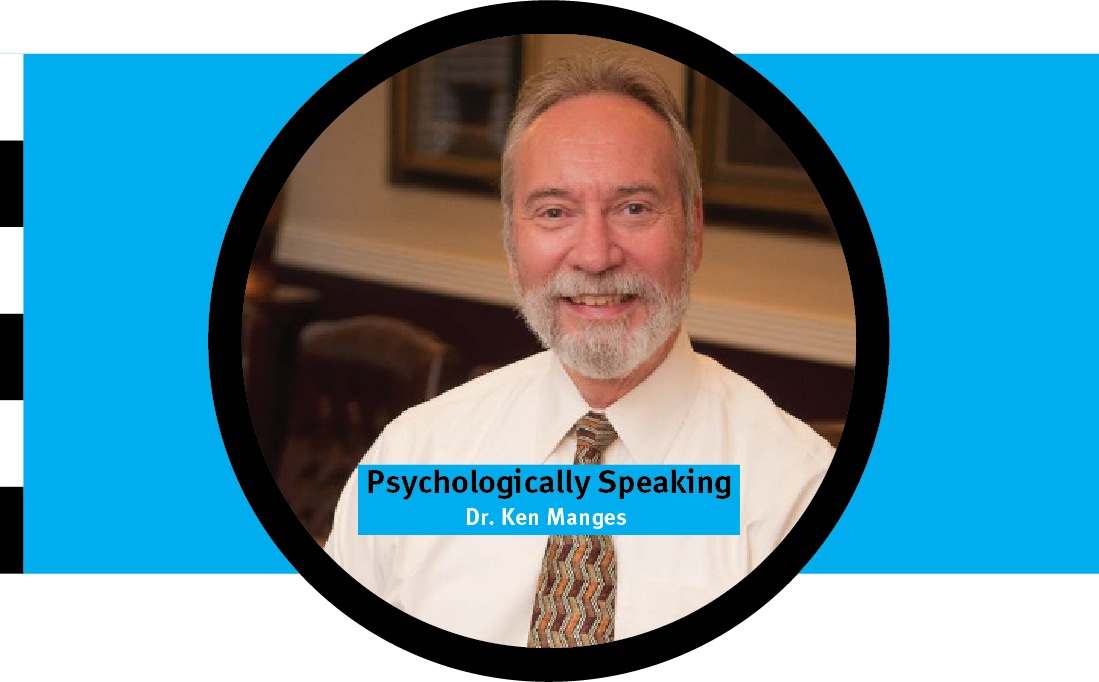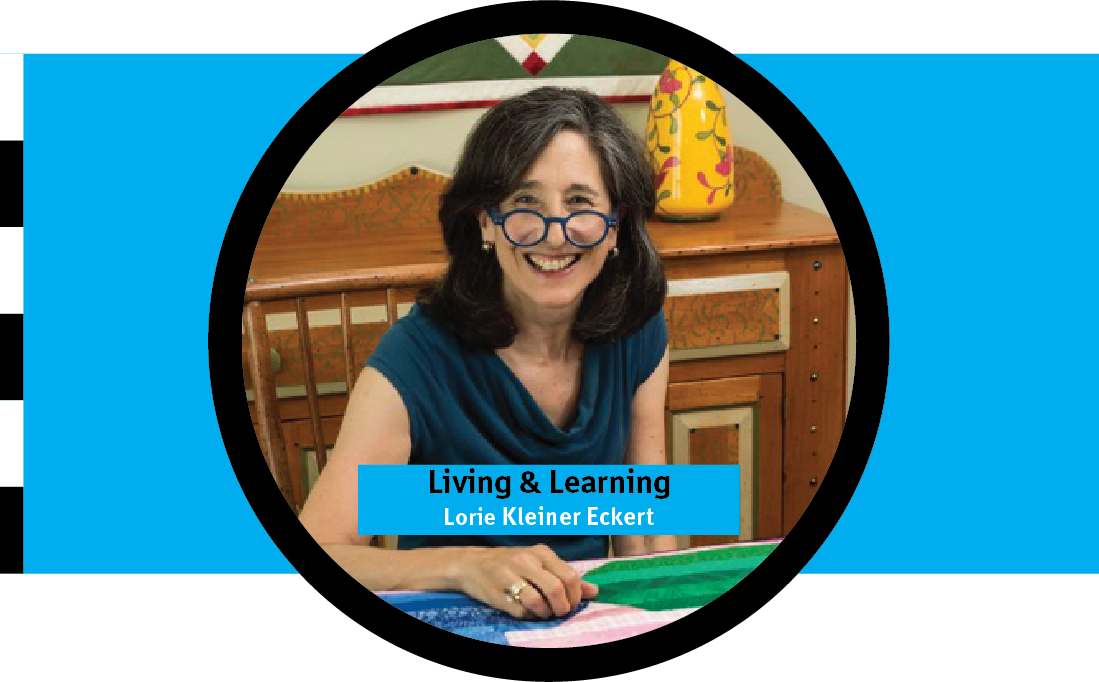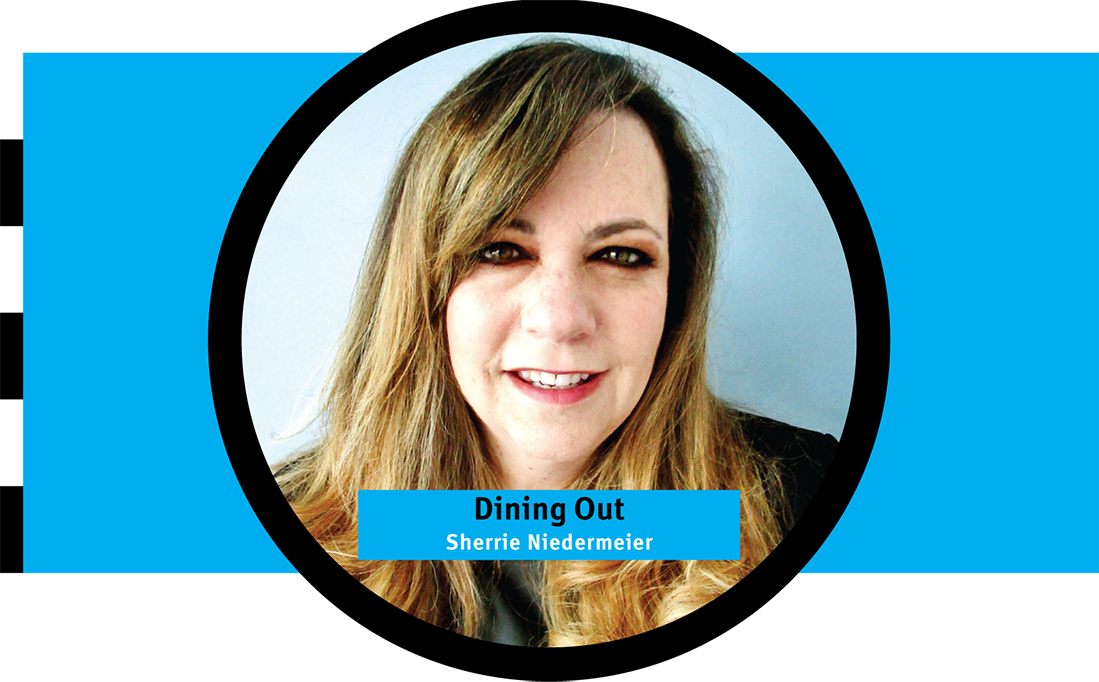Oops, my bad, did I really do that?
Why Do We Mess Up So Much?
As humans we are literally brilliant. We’ve built pyramids, flown to the moon and invented TikTok. And yet, we still forget why we walked into a room or sent that email to the wrong “Chris.”
Mistakes are a natural part of being human. They’re not random accidents either — they follow predictable patterns based on how our brains work. If we understand why we mess up, we can learn how to mess up less often and recover faster.
My approach with this column is to take a tour of our mistake-making machinery, explore how age affects our tendency to trip up, and I will offer some strategies for cutting down on our errors, my own included. Plus, I’ll offer some hard-earned wisdom from celebrities who’ve made (and survived) their fair share of mistakes.
Why now? I had a recent embarrassing mistake that didn’t sit well with me and wanted to take a deep dive into why it may have happened so I could avoid it going forward.
I was on my way out of town and had a rental car. I misplaced the keys and the rental agency didn’t have a backup set. I called their customer service department, and they assured me it wasn’t routine but something they ran into from time to time. That was the good news. The bad news was I would be put on a waitlist to have a reclamation team come and help me … in three to five days! I found an alternative, but it taught me a lesson. I found the keys in my dog’s treat box when I returned home; I now have two new strategies. First to look for the keys in the dog’s treat box first, and second, to put the car keys in the same location whether it’s for a rental or not, every time.
A Short History of Human Error
Mistakes aren’t just a modern problem.
In 1492, Christopher Columbus sailed west to find a new route to Asia — and bumped into a whole other continent. Oops.
In 1912, builders claimed the Titanic was “unsinkable.” Two and a half hours after hitting an iceberg, it was at the bottom of the ocean.
Throughout history, mistakes have led to scientific discoveries, tragic losses and major social changes.
Fun fact: penicillin, the world’s first antibiotic, was discovered because Alexander Fleming accidentally left a petri dish uncovered, and mold grew on it.
In short: if we stopped making mistakes, we’d also stop making progress.
Younger Brains: Wired for Learning, Prone to Error
If you’ve ever watched a teenager attempt to make toast, you know young people make a lot of mistakes.
It’s not because they’re careless (though sometimes they are). It’s because their brains are still under construction.
Scientists like Giedd (2004) and Arain et al. (2013) have shown that the prefrontal cortex — the part of the brain responsible for planning, impulse control and judgment — isn’t fully developed until our mid-20s.
That means younger people:
• Take more risks (which they don’t know are risks, they think they’re being creative).
• Underestimate dangers (they lack the knowledge from lack of experience)
• Overestimate their skills (some adults do the same, but teenagers are more likely to do so)
• Forget to think through the consequences (they lack perspective)
Mistakes during youth aren’t failures. They’re the way the brain wires itself to survive adulthood.
Mature Adults: Distraction, Inattention, and Bias
So you’d think once you hit 30, you’d stop making mistakes, right?
Sorry. As adults we are still mistake-prone — but for different reasons.
1. Distraction: Life piles up responsibilities: jobs, bills, kids, aging parents, group chats. The adult brain is often multitasking (simultaneous competing tasks), which research shows is basically a mistake-making machine.
2. Inattention: We “tune out” when things are routine because we don’t think we need to pay attention. Ever driven home and realized you don’t remember the last 10 minutes of the drive?
3. Bias: Even when focused, we rely heavily on mental shortcuts — called heuristics — that can lead to biased, faulty decisions (Tversky & Kahneman, 1974).
Mistakes in adulthood often happen because we think we know what we’re doing and stop questioning ourselves.
Bias: The Invisible Puppet Master Behind Our Mistakes
Even when we think we’re perfectly logical, bias is usually steering our ship.
Common brain tricks include:
• Confirmation Bias: Only noticing evidence that supports what you already believe.
• Anchoring Bias: Getting stuck on the first piece of information you hear.
• Overconfidence Effect: Believing you’re better at something than you really are.
• Recency Effect: Giving too much weight to the latest thing you heard, even if it’s irrelevant.
Actor Will Smith once said: “If you’re not making someone else’s life better, then you’re wasting your time. Your life will become better by making mistakes, by learning, and by growing.”
Biases usually form because we are lazy thinkers. But when we rely too much on shortcuts, we’re driving on autopilot — and missing road signs along the way.
Solutions: How to Stop Making the Same Mistakes Over and Over
Good news: you don’t have to live at the mercy of your mental glitches.
Science has given us practical, proven strategies to catch and prevent a lot of mistakes. It’s not about becoming perfect — it’s about making fewer unforced errors. Perfection is the enemy of a happy life. Because we are human, perfection as an aspiration is fine but, being confident and competent are more realistic ambitions.
1. Automate the Routine Tasks
Why waste mental energy remembering to pay the electric bill or where you put your car keys?
Simple hacks:
• Use checklists: Surgeons use them for a reason. It cuts major mistakes by up to 47% (Gawande, 2009).
• Set recurring reminders: Let your calendar handle birthdays and appointments.
• Establish strong habits: Always put your keys in the same bowl or hook (one I have now personally taken to heart). Always back up your files on Fridays.
Actor Denzel Washington once said: “Fall forward. Every failed experiment is one step closer to success.”
Automating small tasks means your brain can focus on big, creative interesting problems — not on “Where are my keys?”
2. Practice Patience
Mistakes love a rushing brain.
Ways to build patience:
• Pause before responding in meetings or arguments.
• Breathe for 10 seconds before hitting “send” on a critical email.
• Take breaks to prevent decision fatigue.
NBA legend Michael Jordan said: “I’ve missed more than 9,000 shots in my career. I’ve lost almost 300 games … I’ve failed over and over and over again in my life. And that is why I succeed.”
Patience isn’t about being slow. It’s about being deliberate when it counts.
3. Develop a Strategy for New and Unfamiliar Tasks
The more unfamiliar the situation, the higher the odds of error.
Survival tips:
• Chunk it down: Break tasks into smaller, manageable parts.
• Ask for examples: Real-world examples help you avoid guesswork.
• Check your work: Always do a second pass for anything unfamiliar.
Most importantly: give yourself permission to stumble at first.
Oprah Winfrey wisely said: “Think like a queen. A queen is not afraid to fail. Failure is another stepping stone to greatness.”
Why Mistakes Will Always Be Part of the Human Experience — and That’s Okay
You can’t — and shouldn’t — eliminate every mistake from your life.
Mistakes help us:
• Innovate new ideas
• Build resilience
• Sharpen self-awareness
• Connect more deeply with others through humility
Mistakes are a part of the human condition.
The important thing isn’t whether you make errors — it’s whether you pay attention to what they’re trying to teach you.
Writer Neil Gaiman once advised: “Make glorious, amazing mistakes. Make mistakes nobody’s ever made before.”
Because in the end, mistakes aren’t detours from success — they’re the path to it.
References
Arain, M., Haque, M., Johal, L., Mathur, P., Nel, W., Rais, A., … & Sharma, S. (2013). Maturation of the adolescent brain. Neuropsychiatric Disease and Treatment, 9, 449–461. https://doi.org/10.2147/NDT.S39776
Gawande, A. (2009). The Checklist Manifesto: How to Get Things Right. Metropolitan Books.
Giedd, J. N. (2004). Structural magnetic resonance imaging of the adolescent brain. Annals of the New York Academy of Sciences, 1021(1), 77–85. https://doi.org/10.1196/annals.1308.009
Kahneman, D. (2011). Thinking, Fast and Slow. Farrar, Straus and Giroux.
Tversky, A., & Kahneman, D. (1974). Judgment under uncertainty: Heuristics and biases. Science, 185(4157), 1124–1131. https://doi.org/10.1126/science.185.4157.1124
Thank you for reading the column. Please go to the AI website (americanisraelite.com) and post a comment. Questions? Suggestions? Send me an email at psychology@americanisraelite.com. Be well. Stay safe. See you here next month.




